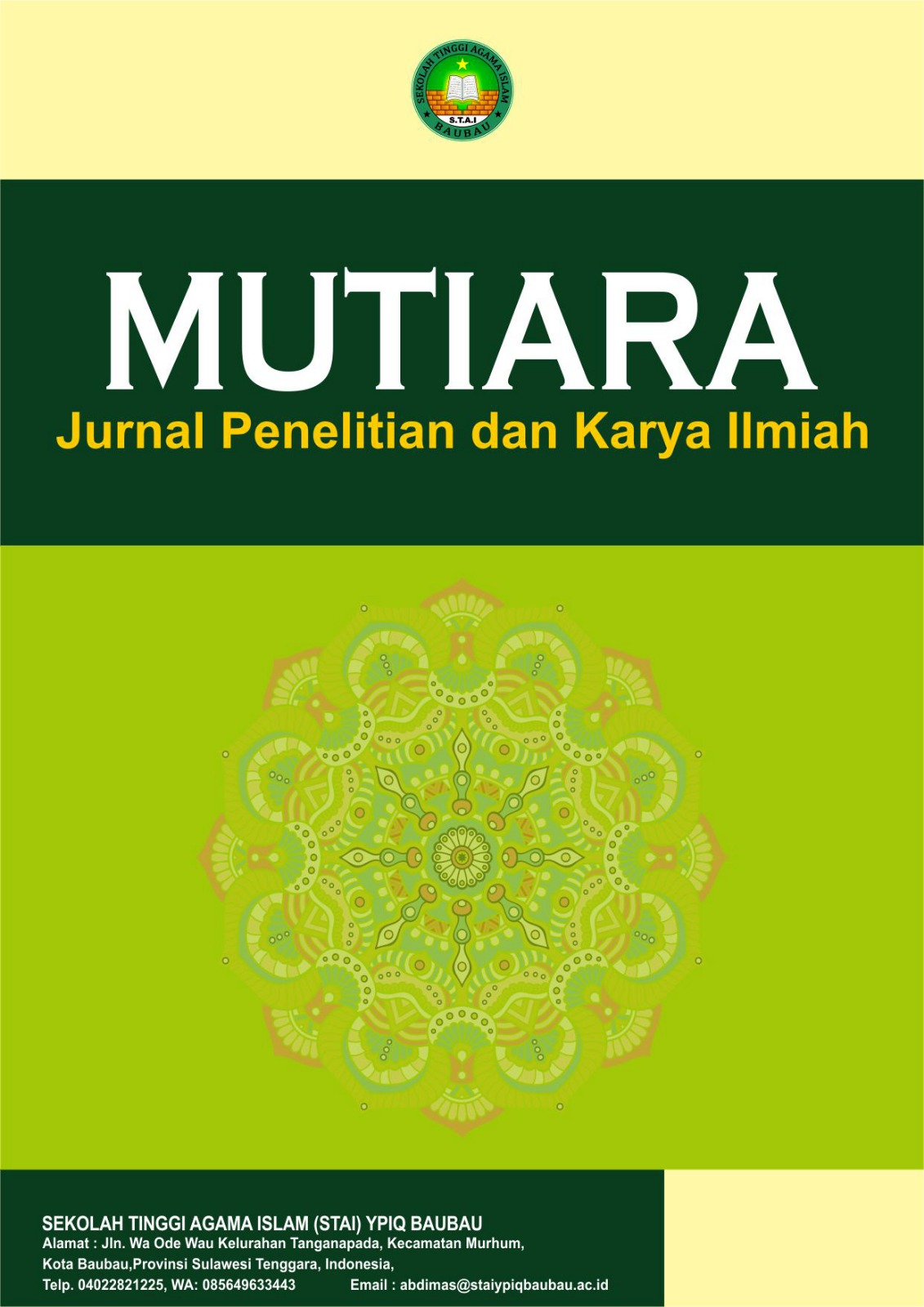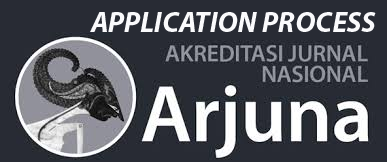Inovasi Kue Putri Salju Menggunakan Tepung Mocaf sebagai Alternatif Pengganti Tepung Terigu dalam Pembuatan Kue
DOI:
https://doi.org/10.59059/mutiara.v3i5.2732Keywords:
Mocaf Flour, Nutritional Content, Putri Salju, Recipe Innovation, Wheat FlourAbstract
Putri salju is a popular Indonesian cookie traditionally served at various events. It is typically made from wheat flour, powdered sugar, egg yolks, peanuts, cashews, fat, and milk powder. In this research, putri salju was innovated by using mocaf flour as a substitute for wheat flour. The aim of this research is to determine: 1) the potential of mocaf flour as a substitute for wheat flour through organoleptic tests; 2) the best formula for substituting mocaf flour with wheat flour; and 3) the nutritional content of putri salju made with mocaf flour. The research method used is an experimental approach, which involved testing on 30 respondents, and the data were analyzed using one-way ANOVA in the SPSS program. Nutritional content was tested through chemical analysis in the laboratory. The results of this research are as follows: 1) The characteristics of the putri salju are light yellow, neatly crescent-shaped, free from the mocaf aroma, with a sweet and savory taste, crispy texture, and fine crumbs. 2) The average score for organoleptic tests was 3.41, with criteria such as light yellow color, neatly shaped crescent, no mocaf aroma, sweet and savory taste, moderately crispy texture, and fine crumb. 3) Based on laboratory tests, every 100 grams of putri salju contains 365.30 kcal, with 66.80% carbohydrates, 8.71% protein, 7.08% fat, and 3.02% moisture. These findings indicate that mocaf flour can be a viable substitute for wheat flour in making putri salju without compromising the taste, texture, or nutritional quality, making it a suitable option for consumers seeking gluten-free alternatives while maintaining the authenticity of this traditional snack.
References
Aditya, T., Ningrum, S., Nurasa, H., & Irawati, I. (2023). Community needs for the digital divide on the smart city policy. Heliyon, 9(8), e18932. https://doi.org/10.1016/j.heliyon.2023.e18932
Aguilera, M. F. J., Gimeno, V. N., Chamon, S., Sanchez, D. R., Martinez Sanchis, M. J., & Pitarque, B. C., Morell, B. F. (2011). Short-term efficacy of Richelli's painreliever TMon upper trapezius myofascial trigger point in a patient with neck pain: A case report. Journal of Physical Therapy, 3, 61-65.
Aktifah, N., dkk. (2020). Pengaruh kombinasi ischemic compression dan stretching pada myofascial pain syndrome otot upper trapezius. Fisiomu, 2(1), 47-53. https://doi.org/10.23917/fisiomu.v2i1.12911
Almeida, V., Filgueiras, F., & Gaetani, F. (2019). Principles and elements of governance of digital public services. IEEE Internet Computing, 23(6), 48-53. https://doi.org/10.1109/MIC.2019.2936928
Atmadja, (2016). Sindrom nyeri myofascial. Continuing Medical Education, 43(3), 176-179.
Bennet, R. (2017). Understanding myofascial pain. Fibroassist. Retrieved August 20, 2025, from http://fibroassist.net
Chang, C.-F., Chang, C.-C., & Chen, M.-Y. (2015). Effect of Buerger's exercises on improving peripheral circulation: A systematic review. Open Journal of Practice, 5, 120-128. https://doi.org/10.4236/ojn.2015.52014
Daneshmandi, H., Atri, A. E., Ghasemi, A., & Rahmani, P. (2017). The effects of PNF & static stretching on knee ROM of amputee athletes. Azilian Journal of Biomotricity, 5(4), 255-262.
Eaphen, C., Nayak, C. D., & Zulfeequer, C. P. (2015). Effect of eccentric isotonic quadriceps muscle exercises on patellofemoral pain syndrome. Asian Journal of Sport Medicine, 2(4). https://doi.org/10.5812/asjsm.34747
Kawabata, M. K., & Camargo, A. S. (2023). E-government innovation initiatives in public administration: A systematic literature review and a research agenda. Administration & Society, 55(9), 1758-1790. https://doi.org/10.1177/00953997231185847
Kisner, C., & Colby, A. L. (2016). Terapi Latihan Dasar dan Teknik (Vol. 3, 6th ed.). Jakarta: Penerbit Buku Kedokteran EGC.
Lukman, S., & Hakim, A. (2024). Agile governance, digital transformation, and citizen satisfaction moderated by political stability in Indonesia's socio-political landscape. Journal of Ethnic and Cultural Studies, 11(1), 210-228. https://doi.org/10.29333/ejecs/2001
Meng, X., Wang, X., Nisar, U., Sun, S., & Ding, X. (2023). Mechanisms and heterogeneity in the construction of network infrastructure to help rural households bridge the "digital divide." Scientific Reports, 13(1), 19283. https://doi.org/10.1038/s41598-023-46650-7
Putra, S. (2017). Perbandingan antara muscle energy technique dengan static stretching terhadap nyeri myofascial pain syndrome musculus upper trapezius pada pekerja batik tulis di industri batik Danar Hadi Surakarta. Universitas Muhammadiyah Surakarta.
Riset Kesehatan Dasar (Riskesdas). (2018). Badan Penelitian dan Pengembangan Kesehatan Kementerian RI. Retrieved August 2018, from http://www.depkes.go.id/resources/download/infoterkini/materi_rakorpop_2018/Hasil%20Riskesdas%202018.pdf
Sukadiyanto. (2015). Pengantar Teori dan Metodologi Melatih Fisik. CV. Lubuk Agung.
Downloads
Published
How to Cite
Issue
Section
License
Copyright (c) 2025 Mutiara : Jurnal Penelitian dan Karya Ilmiah

This work is licensed under a Creative Commons Attribution-ShareAlike 4.0 International License.








